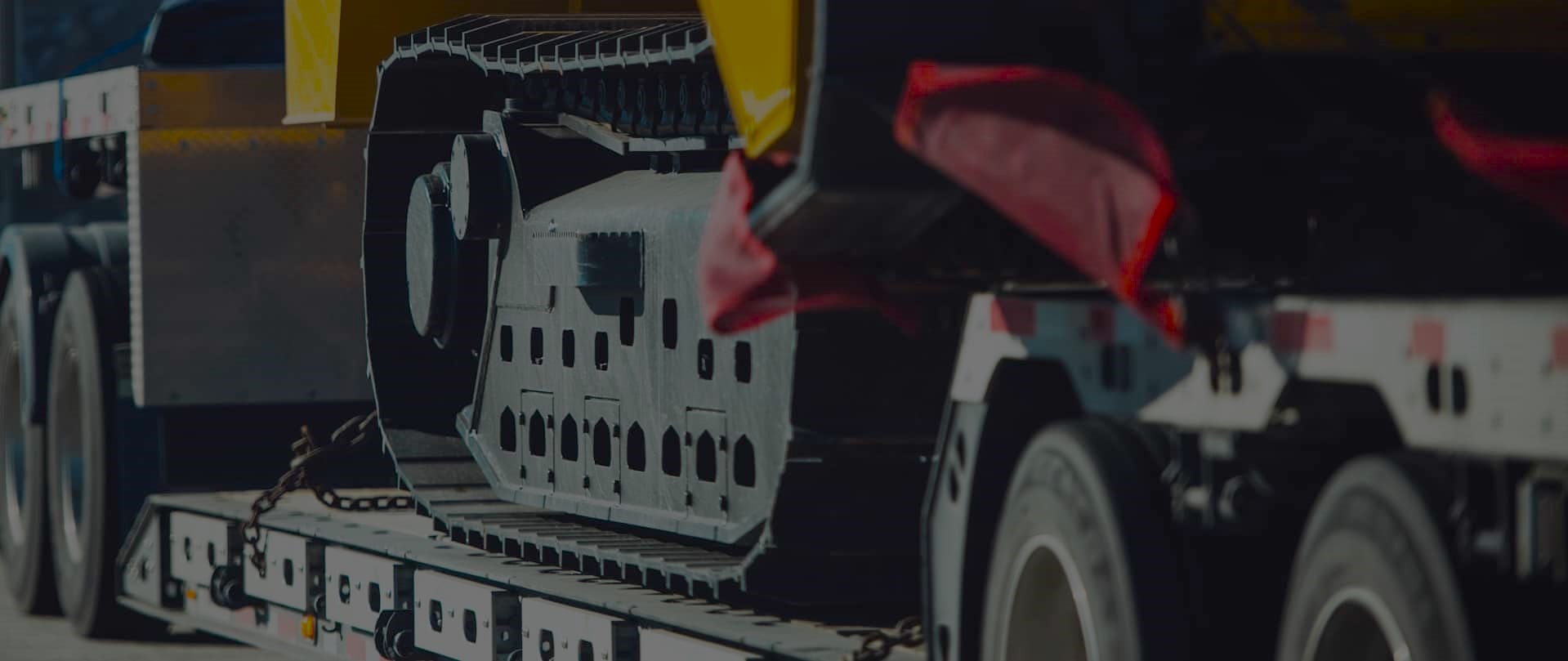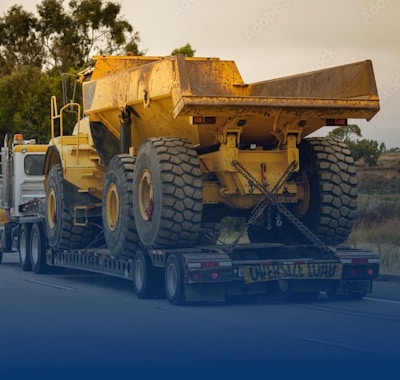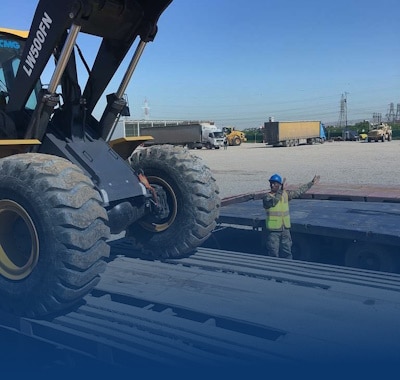Navigating Heavy Haul Routes Amid Midwest Corn Harvest Traffic
Freedom Heavy Haul can offer expedited Pickup and Delivery for any size shipment anywhere in the USA. Contact us today for No Hassle, No Pressure Pricing.
Every fall, grain flows surge and the system feels the strain. Rural roads, interstates, and river lanes all see sharper demand as elevators and terminals race to move loads during the season.
Carriers face tight time windows and shifting conditions that squeeze schedules for out-of-gauge and overweight moves. Field-to-elevator rushes create local pinch points and add extra planning for equipment convoys and permits.
Even moves that do not touch barge networks still feel market shifts when tow sizes shrink or river depth forces lighter loads. When inland water throughput drops, costs and availability for transportation adjust quickly.
Proactive coordination with shippers and receivers helps protect efficiency and reduce avoidable costs. Understanding how rural road operations, grain handling peaks, and river logistics link together sets the stage for smarter routing and better time buffers.
Harvest season surge meets infrastructure limits: a trend view of Midwest grain logistics
A seasonal surge strains bridges, locks, and local roads as grain volumes spike across regions.
From fields to rivers: how grain, soybeans, and corn move during the harvest season
Farm trucks and tractors lift loads from fields to country elevators. Farmers time pickups when moisture is workable—corn often arrives at 15%–25% moisture and is dried to 13%–15% before moving on.
The inland waterway and wider waterway system then carry bulk loads south. Barges on the Upper Mississippi and Ohio funnel grain toward Gulf terminals, and this fall window is the busiest period for that river network.
Rural road realities: increased farm equipment presence, crash risks, and safe sharing of the road
Two-lane roads see more combines, semis, and fuel trucks, creating slow zones that affect trucking cycles. About 82% of crashes involving farm equipment include a non-farm vehicle; rear-end collisions lead and fatality risk is roughly five times higher.
Carriers should allow extra time, keep larger following gaps, and expect variable queue times at elevators. When yields and harvest pace pulse daily volumes, wait times can cascade into missed pickups and tighter windows for specialized moves.
- Tip: Plan for dryer dwell time at elevators when corn requires moisture reduction.
- Tip: Coordinate barge slots early—the waterway flow shapes local markets and trucking availability.
Why Midwest corn harvest traffic complicates heavy haul routes
When on-farm storage fills, more loads hit the road and local elevators become choke points. Queues at terminals and scale lines back up rural corridors and make staging or wide turns harder for pilot cars and escorts.
Limited bin space forces shippers to shift grain to alternate markets. That increases truck movements, tightens carrier availability, and raises costs and delays for specialized shipments that need permits and clear staging.
Congestion at elevators, terminals, locks, and corridors
Elevators and terminals share access with oversized lanes. Peak receiving hours and little staging room create conflict points that slow convoy execution and erode permit windows.
Storage limits push detours, loads, and extra truck turns
Ohio’s experience shows strong yields plus constrained rail access can trap grain inland. That increases queue times at facilities and adds local truck turns for flat storage, piles, or bags.
“About 90% of yield loss observed after mid-November spurs faster movement and more local congestion.”
Time-sensitive drying, moisture targets, and logistics impacts
Most drying falls between October and November. Producers racing to meet moisture targets move earlier, compounding scheduling friction and creating more short-term demand on carriers.
- Operational risk: Alternative storage needs low moisture and aeration; without it, quality and market access suffer.
- Planning lens: Shift pickups away from daily peaks, pre-book staging, and brief drivers on likely conflict points near terminals and rural choke areas.
Inland waterway system under strain: Mississippi and Ohio Rivers as bottlenecks and cost drivers
Low river stages and volatile weather are shrinking tow sizes just as inland grain flows peak. The mississippi river and the ohio river both saw lighter loads and smaller tows that cut overall throughput. That pressure hits the inland waterway system during the most time‑sensitive weeks.
Low stages and shorter tows
In dry years, barge traffic falls fast. In 2023, volumes from St. Louis plunged over 70% below seasonal norms and spot freight rates jumped well above typical levels.
Locks, queues, and emergency responses
Queues at locks create bunching at terminals. When vessels stack up, loading schedules slide and truck turns back up into local roads.
The U.S. Army Corps has used emergency dredging to reopen channels, but dredging is reactive and costly.
Soybean window, basis, and buyer shifts
Soybean exports concentrate in October and November. In 2023, basis spreads near $3 per bushel widened interior prices and pushed some buyers toward Brazil and Argentina.
Rates, operators, and cascading effects
Spot rates spiked to more than $105/ton on some lanes versus a typical ~$20. Barge operators and terminals must coordinate assets closely to avoid grounding risks and minimize delays.
- Impact: Tighter appointment windows and limited staging for oversize carriers.
- Consequence: Even modest river disruption can change inland pickup timing and complicate cross‑dock plans.
Actionable takeaways for carriers and shippers as the season progresses
Start by adding clear lead time to every load. This buffers for changing storage availability, evolving weather, and shared access at terminals.
Stage and pre‑clear routes near waterway touchpoints. Confirm daily hours, queue status, and any temporary restrictions so operators can avoid avoidable issues.
Use calculators to estimate trucking cost per bushel and weigh field loss against drying. Share those results with farmers and buyers to align timing and capture price advantages when markets improve.
Prioritize safety on rural roads. Expect slow equipment, coach spacing, and keep communication open to reduce incidents — note that 82% of farm‑equipment crashes involve a non‑farm vehicle.
Diversify delivery plans with backup terminals or transload options, monitor barge bulletins, and pick flexible appointment windows to gain an operational advantage.







